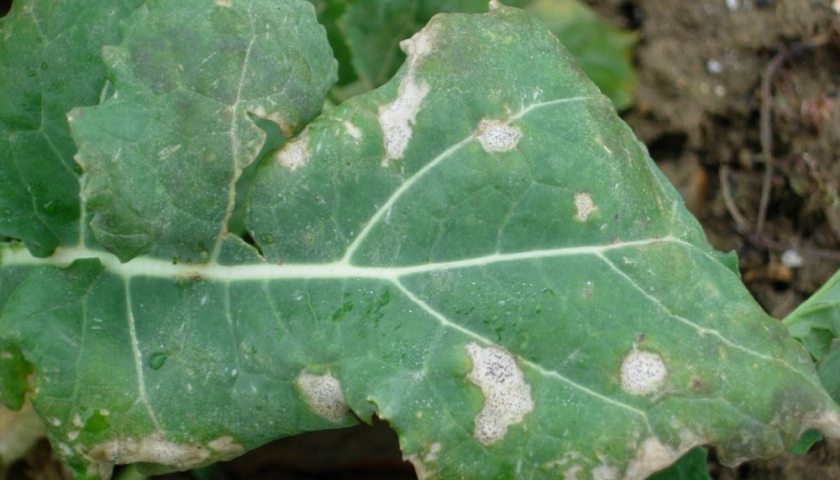
A phoma leaf spot forecast has predicted a relatively wide range of disease onset dates for winter oilseed rape this autumn.
AHDB's forecast predicts the starting week when 10% of oilseed rape plants could potentially show symptoms.
This year's forecast suggests that a small number of relatively susceptible winter oilseed rape crops may already be approaching the 10% threshold.
Conversely, some crops, mainly towards the UK’s north-east coastline, may not breach the threshold until early November.
Prior to September, UK rainfall was generally below and air temperatures generally above the long-term averages.
However, so far this autumn, at some locations, wet spells have favoured spore development on stubbles.
Due to the localised nature of rain, farmers have been told to check the forecast for an estimate of risk and inspect crops for phoma leaf spots, prioritising susceptible varieties and smaller crops.
Developed in the early 2000s, the model uses temperature and rainfall information (15 July to 26 September) to simulate the development of Leptosphaeria maculans – a key pathogen responsible for phoma leaf spot and phoma stem canker.
The forecast was refined last year to account for damp, rather than wet, conditions.
The model now considers daily rainfall events up to 10 mm and total rainfall up to 200 mm, with additional rainfall having no influence.
Catherine Harries, who manages disease research at AHDB, said: “The model forecasts risk at hundreds of sites across England, Scotland and Wales.
"The less regional variation, the more reliable the forecast. This year, the forecast is variable, making crop inspections even more important.”
AHDB fungicide performance data shows application timing is critical, with good control achieved with two sprays at half the recommended rate.
The first application should be made to relatively susceptible plants (Recommended Lists rating 7 and below) when 10–20% of plants have phoma leaf spot.
A second application should be considered when re-infection is evident (typically, 4 to 10 weeks later).
AHDB said its preliminary light leaf spot forecast will be published later this autumn.
